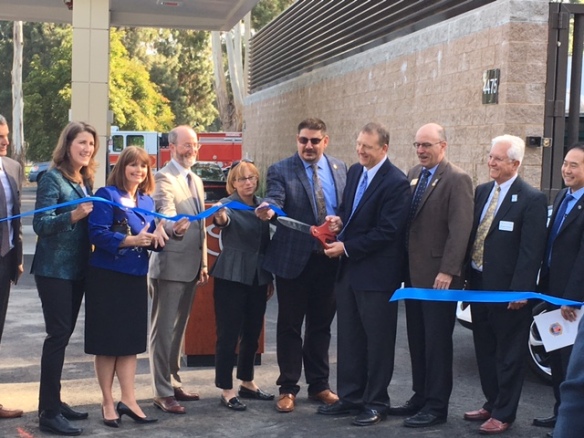
Last night, my wife called me into the family room to watch a Volkswagen commercial. In it, a young couple is driving their VW Microbus through the sunny countryside, as it turns out, to Woodstock. Combine an iconic vehicle with an iconic soundtrack (Joe Cocker’s A Little Help From My Friends), on its way to an iconic event and the effect on me was breathtaking.
Everything was perfect–the hair, the 1969 Ford in the background, the look of joy in the eyes of the long-haired, bell-bottom-jean-wearing flower power enthusiasts. They stop to pick up a couple girls. During the also iconic rainstorm (with the famous standing couple recreated amidst the crowd) our Microbus owners offer sanctuary to several other people from the downpour. When it’s over, and the bus is stuck in the Woodstock mud, a few attendees happily push them free. Power to the people! I’m not sure what could be better than this.
I went upstairs afterwards and watched the commercial a few more times on my iPad with the headphones on. As the tears streamed down my cheeks I thought about how Volkswagen was using one of its greatest historical strengths (and one of my generation’s most powerful images) to try to rebuild trust after the Diesel emissions scandal.
It’s stunning, really, how this giant car manufacturer can hit all of my buttons. The cleverness and creativity of this ad is only equaled, perhaps, by the same cleverness and creativity that brought about the Diesel emissions scandal itself. But in any case, it worked on me.
VW has had great advertising before. Back in the 1960s, VW featured brilliant, self-effacing ads through Doyle Dane Bernbach that were perfect for the time. The little, cheap but efficient and reliable Beetle and its brethren were the perfect vehicle for the later 1960s alternative lifestyle practitioners. In fact, in 1969 they sold more than half a million Beetles.
Volkswagen, with its troubling present, is working to move forward by evoking both the almost sacred relationship many of us had with our basic VWs back in a time of social change and the hope we have for saving our planet with new technology. While they show us Beetles and Microbuses, VW is working to bring us an entire line of electric Volkswagens under the I.D. brand, starting in 2020 (a futuristic-sounding year).
There’s an I.D. Buzz all-electric concept vehicle out now that owes much to the Microbus. It appeared at the famous Pebble Beach auto show this year in Monterey, and also in the December issue of Automobile magazine, which I had just been reading a half hour before I was summoned to the family room. The clever folks at the magazine drove the futuristic yellow Buzz along with a gorgeous 1952 original model in a long, illustrated cover story.

The commercial, by the way, is touting the company’s new People First six-year bumper-to-bumper limited warranty–another effort at trust building. The message is meant to hit much deeper, though, and it sure did with this baby boomer. My first two cars were air-cooled Volkswagens, and I’m at the very heart of the target of this remarkable commercial.
The real challenge is whether Volkswagen can build enough business in EVs to make up for the loss of its Diesel cars–and reputation. Meanwhile, they just introduced the huge new Atlas crossover SUV to compete in that successful market segment. Back to the real world, where you have to make a profit selling what people are asking for. The Buzz isn’t due until 2022, which sounds like a long time from now. But 1969 was a long time ago, wasn’t it?




